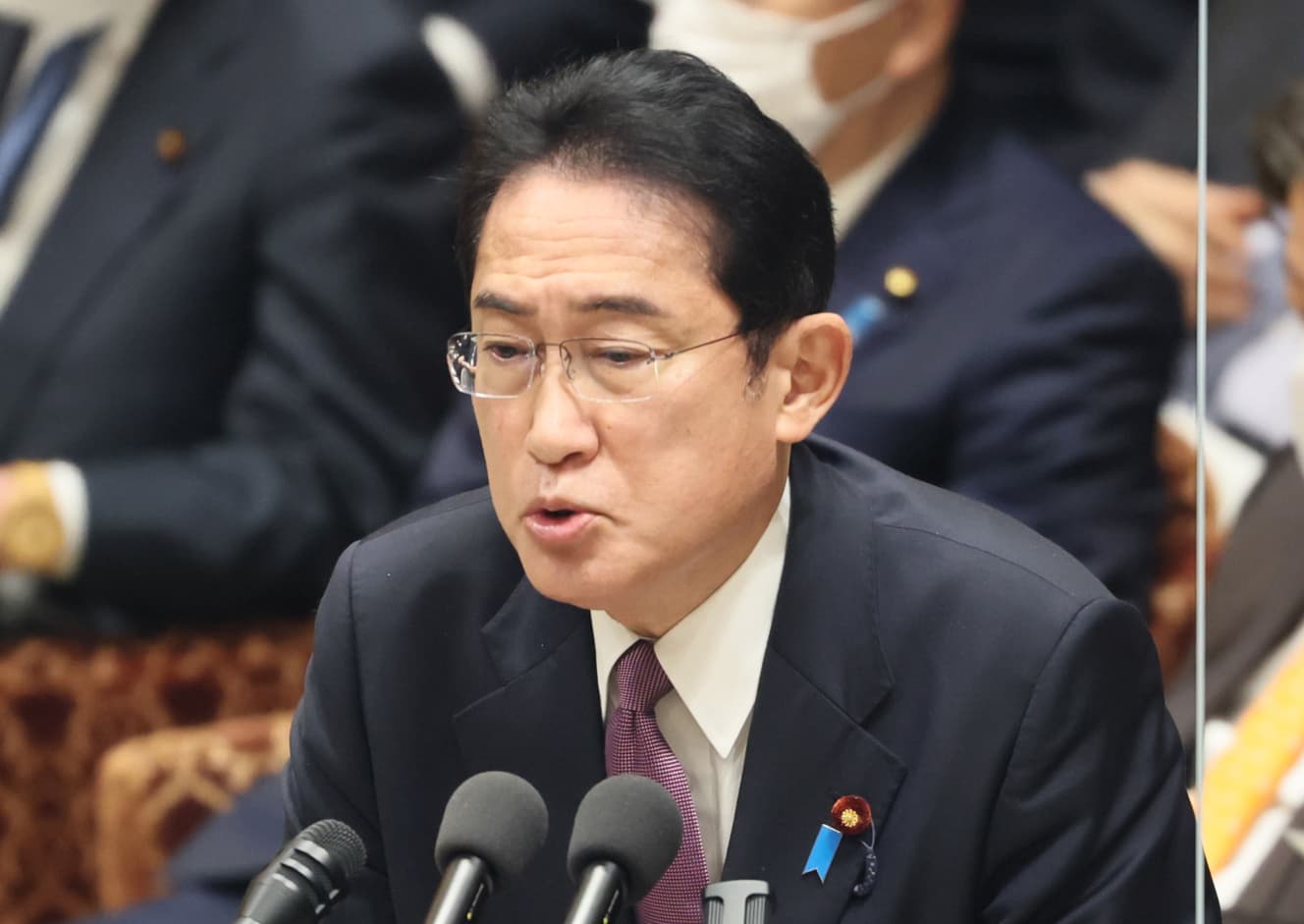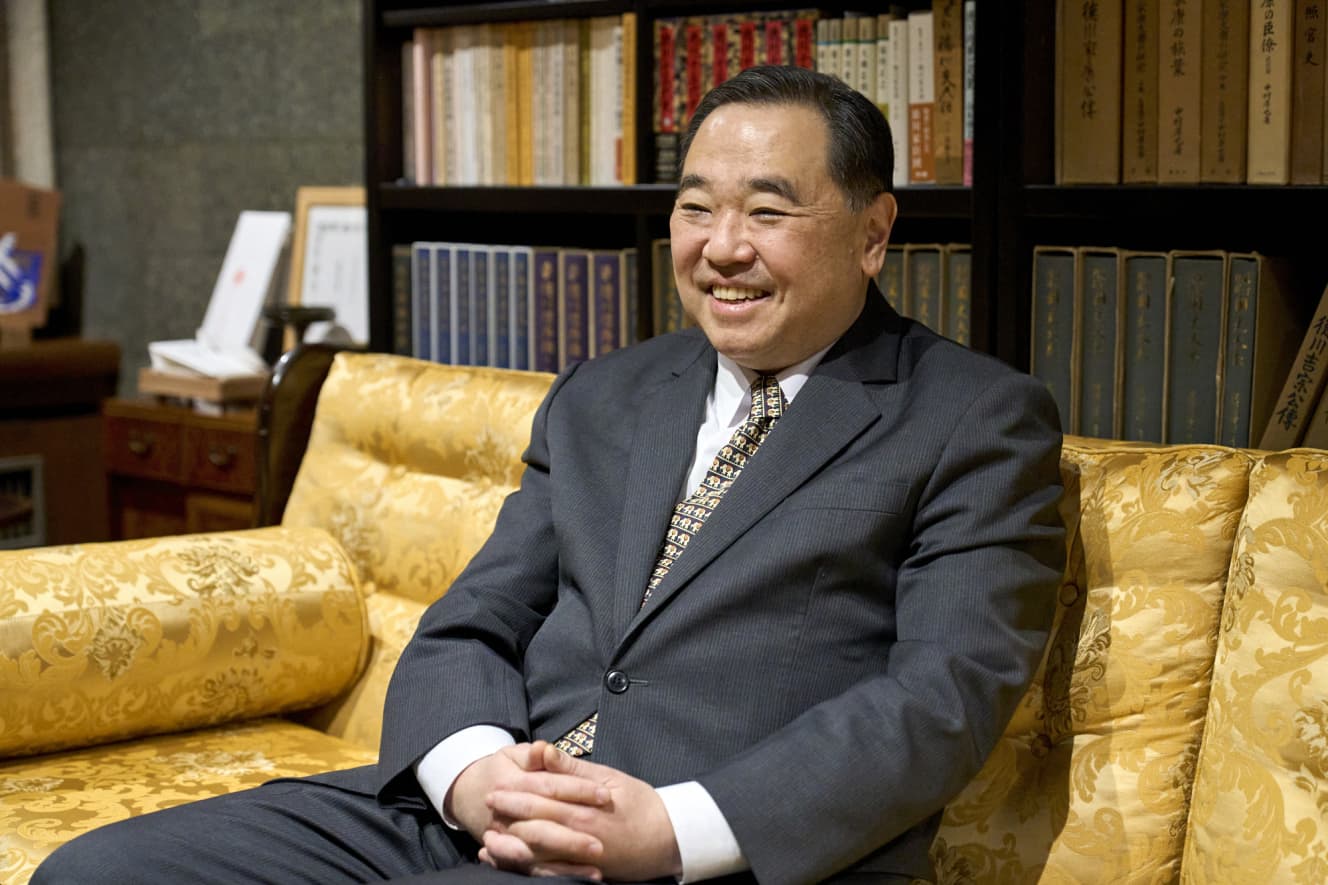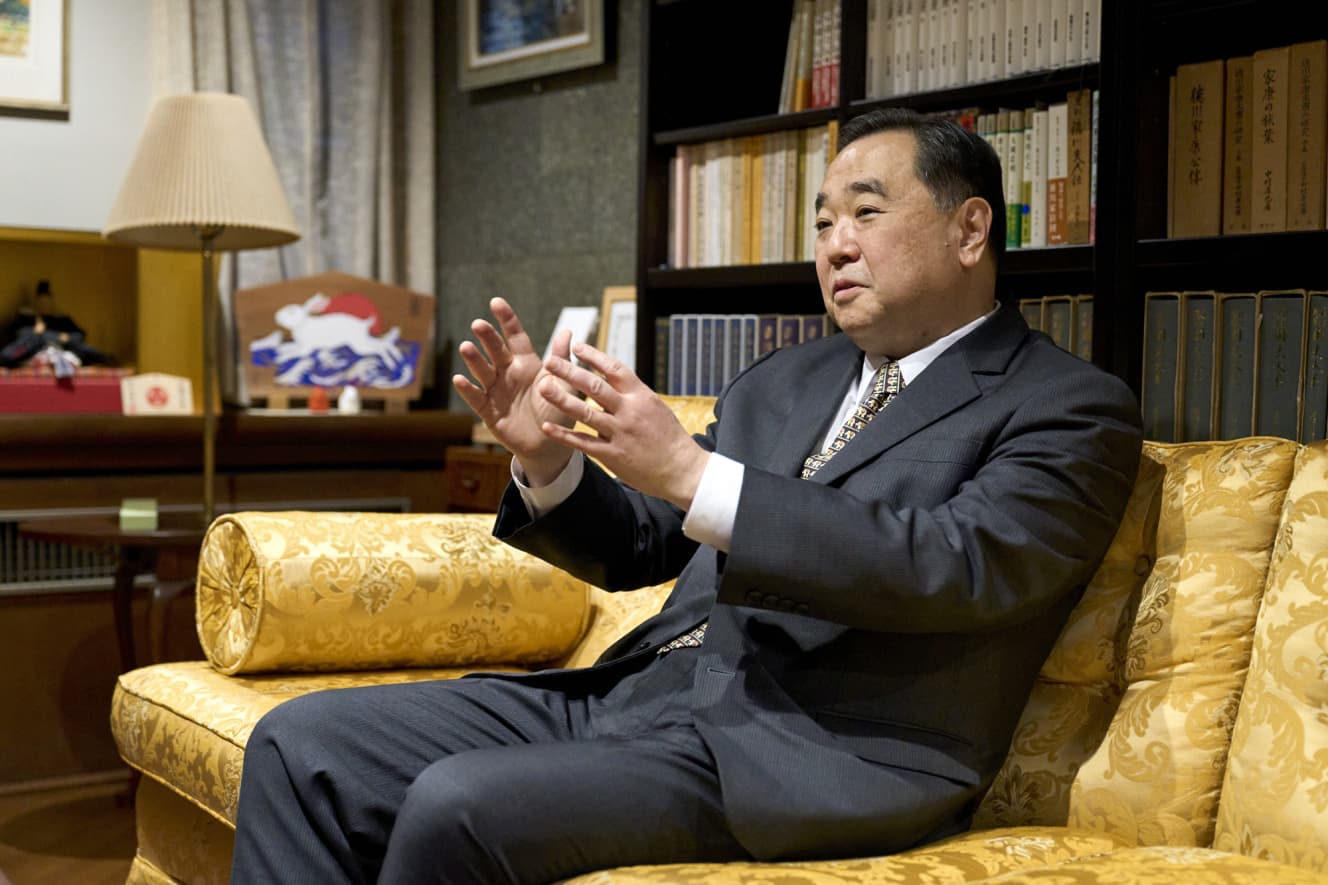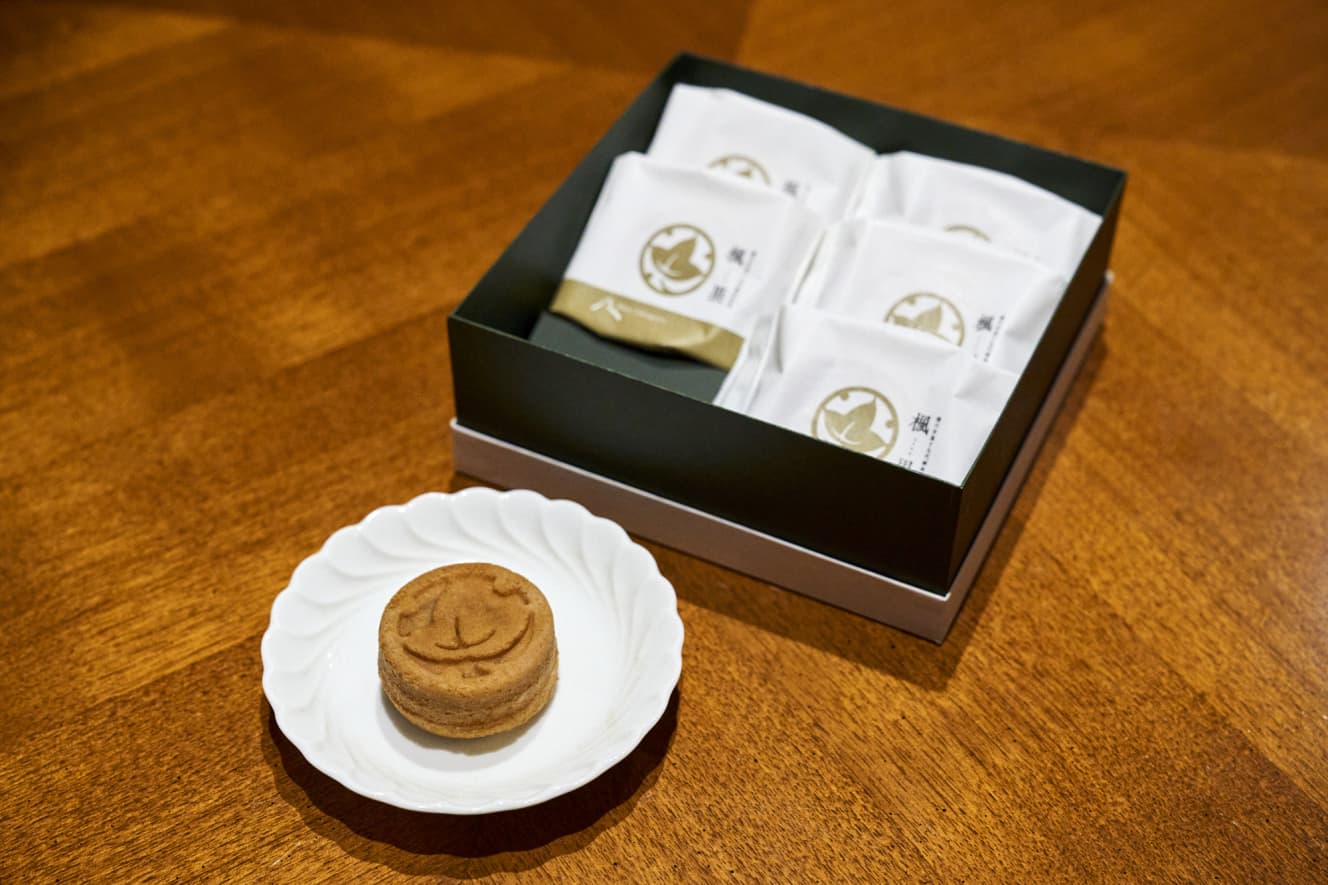The Edo period was the age of “reskilling”! Different Educational Reforms by the Tokugawa Family to be Learned by Prime Minister Kishida
Interview with Iehiro Tokugawa, 19th head of the Tokugawa family
The NHK historical drama “What to do about Ieyasu” has drawn attention to Tokugawa Ieyasu. During a time of peace and war, the Tokugawa family focused on “education. Why did they focus on education?
Because we wanted to create a peaceful world.
says Iehiro Tokugawa, who succeeded as the 19th head of the Tokugawa family this year.

Before the Warring States Period, Japan was run by people whose bloodlines were connected to the emperor. Both the Minamoto and Heike clans were people who branched off from the imperial family. In the Sengoku period, those of lower status overcame those of higher status by force and took over their positions. This is “gakugokujo.
The most notable example is Toyotomi Hideyoshi. When he became Grand Minister of State, there was a dramatic increase in the number of Japanese who thought, ‘Maybe I can be one of them.
The Korean invasion…a successful experience for 150,000 people
This was spurred on by Hideyoshi’s invasion of Korea. Between 150,000 and 160,000 people were sent to Korea for this battle. They fought for six years, defeating both Joseon reinforcements and Chinese troops.
This gave us confidence. People began to think that Japan was strong and should go to war with other countries, and that they would become great if they played an active role in the war.
After all, 150,000 people have experienced success. How to fend off the pressure from below to take credit for battles and rise in the ranks? This was the theme of the Edo period.
That is why we focused on education. The goal was a major shift in values, from violence to intellectual power.

The Edo shogunate devoted itself to “investment in people.
Ieyasu handed over the shogunate to his son, Hidetada, and during his reign as overlord, Ieyasu focused on type printing and published books.
However, this did not last. However, this did not last, because there were not many people who could read Chinese characters.
Following Ieyasu’s wishes, Ieyasu continued to focus on education. In particular, Tsunayoshi V unified the typefaces used for official documents. The Shoheizaka Academy was built as an academy under the direct control of the shogunate. The Shoheizaka Academy was established as the highest educational institution, accepting the best and brightest students from various clans and schools. The Yushima Seido still remains today.
In the latter half of the 18th century, many clan-run schools were established one after another, and children of samurai families were obliged to attend these schools. Many temakoya (temple and child schools) were also established in the city.
Prime Minister Kishida has called a “Council for Creation of the Future” to promote investment in human resources, but investment in human resources had already been made in the Edo period. But investment in people had already been made in the Edo period (1603-1867), and had continued for 260 years.
He said, “Samurai warriors were forced to learn Chinese literature, which is like making English the official language of the company today. At that time, China was the most advanced country in East Asia, and perhaps the world.
During the reign of Yoshimune VIII, Western books were imported only for practical use, and they were also translated.
Although the country was closed off from the rest of the world, it was still much more international than today.
In fact, the view that the Tokugawa Shogunate did not have a closed-door policy is now becoming the mainstream view in academic circles. This is because Japan during the Edo period was also open to the rest of the world.
Wasn’t Dejima in Nagasaki the only place that was open to the outside world?
In those days, Dejima was enough for trade and people to come and go. In general, it is not enough to be open. Every country today has its own restrictions on trade and people coming and going.
The reason for the seeming seclusion of the country is that the Japanese were forbidden to go abroad.
The reason why they did so is because the bad impression of the Japanese invasion and the Korean invasion was too strong in all East Asian countries. If the Japanese went abroad and became violent, trade relations would deteriorate. So they decided it was better to keep them out.”

The purpose of the visits to Edo was “education” and “regional development”!
The most important part of Ieyasu’s strategy was to make Edo the center of the country. He wanted to instill in the children of Edo new values of peaceful coexistence and economism in the new city of Edo and in eastern Japan, where there was still room for development at the time.
Therefore, they carried out a major construction project to replace the Tone River and increased the population of the Kanto Plain. And through the “sankyu-kodai,” or pilgrimage, they turned all the samurai in Japan into “Edokko,” or “Edo children.
Wasn’t the “daimyo” (feudal lords) “sankyu” (daimyo’s visit to Edo) for the purpose of reducing their financial power so that they would not rebel against the shogunate?
I think it was more of a ‘let’s all get along’ thing.
At that time, transportation was not as developed as it is today, so each clan was very far apart, and it was difficult to feel like one country. It would be a problem if the clans split up and became involved in a civil war. I think they thought about how to maintain unity, and settled on the idea of the “sankyo” (visiting the daimyo) system.”
Coming to Edo would allow all the feudal lords in the country to meet each other. They could learn about the values of Edo, where academic achievement was the path to success, and they could bring these values back to their home countries. The establishment of clan schools in various regions may have been made possible by the “Sankinsho” (attendance at school). This is exactly the kind of “regional development” that is intended to boost the vitality of Japan as a whole.
If the goal was to economically exhaust the country, it would not have lasted 260 years.
That may be true. Still, I am amazed that he has encouraged learning and taken all possible measures to achieve the great goal of creating a peaceful world.
What kind of country do today’s politicians want Japan to become? Prime Minister Kishida says he wants to invest in people for the sake of “new capitalism. I wish he would explain it to us carefully.

Tokugawa Iehiro From January 2023, the 19th head of the Tokugawa family, Iehiro Tokugawa held a commemorative ceremony “Succession Ceremony” at Zojoji Temple on January 29, 2023. After graduating from Keio University, he earned a master’s degree in economics from the University of Michigan Graduate School of Economics. He worked for the Foundation for Advanced Studies on International Development (FASID), the Food and Agriculture Organization of the United Nations (FAO) at its headquarters in Rome and its branch in Vietnam (Hanoi), and then completed his graduate studies at Columbia University’s Graduate School of Political Science, where he received a Master of Arts in Political Science (International Relations). He is currently active as a political commentator, translator, and author, including subtitle translation for the film “The Green Zone. He is President of the Tokugawa Memorial Foundation and Visiting Professor at Nagasaki University’s Center for International Collaborative Research and Strategy. He is also a member of the board of directors of the Kunouzan Toshogu Museum and the Nikkozan Rinnoji Treasure House, which have permanent exhibits of items related to the Tokugawa family.
Interview and text: Izumi Nakagawa PHOTO: Yusuke Tanaka